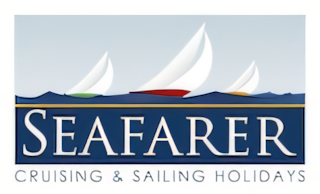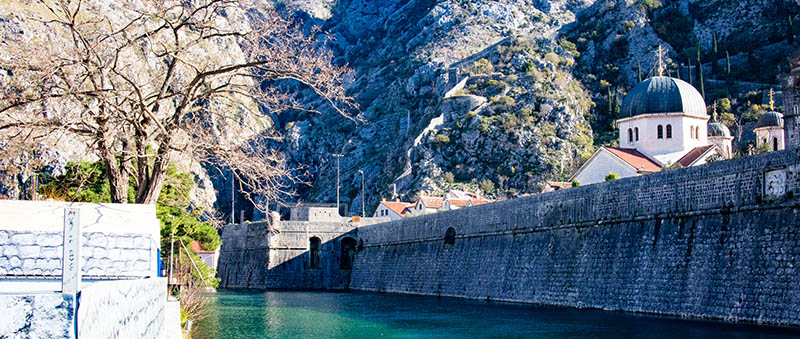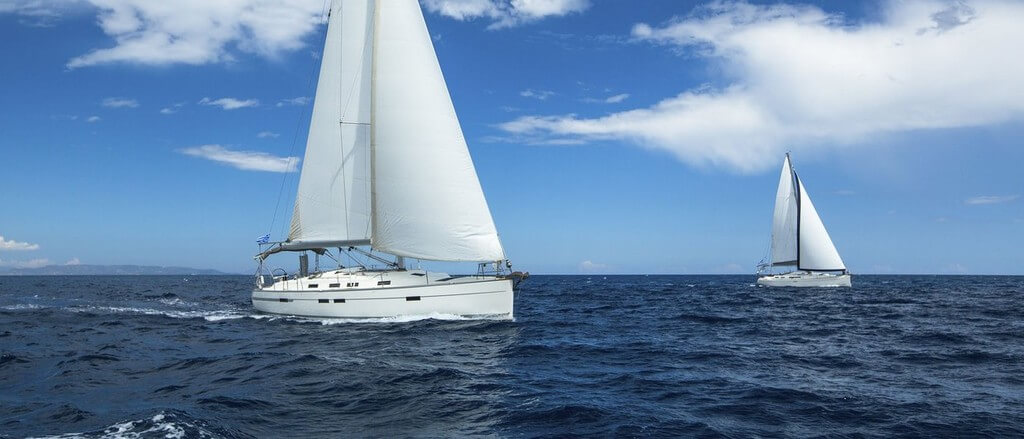Kotor, Montenegro – A Photo Essay
A medieval walled town in a majestic setting
In December 2021 Joe passed through Montenegro on his way overland from Greece to the UK and ended up taking quite a number of photos of the beautiful town of Kotor. As this is a stop on the Dubrovnik Flotilla we decided to share some of these along with a bit of history and information on this amazing place.
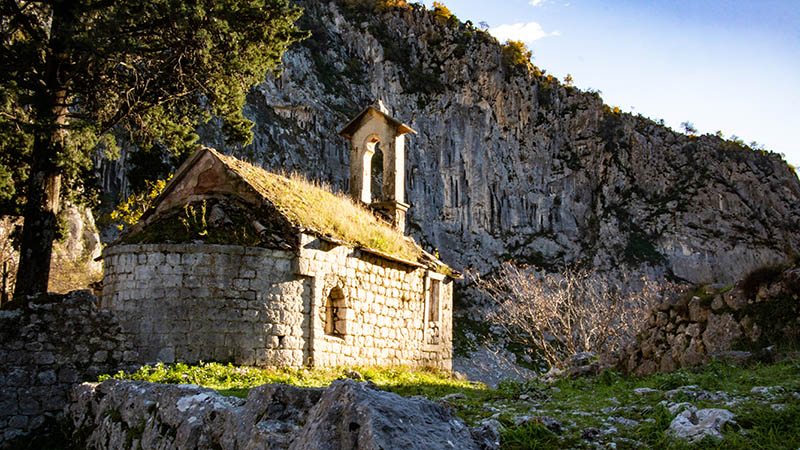
A small deserted church just below the summit of the castle
Overview
Kotor is located at the tip of the Bay of Kotor, often called a fjord but actually a ria (submerged river canyon), and is surrounded by imposing mountains and limestone cliffs. The town itself follows the edge of the bay and is centered around the walled old town with its Venetian walls and small windy streets. To top this off there is an imposing castle sitting just above the old town with walls stretching for 4.5km up the mountain. The town has a population of 13,500 people and is protected under two UNESCO World Heritage Sites.
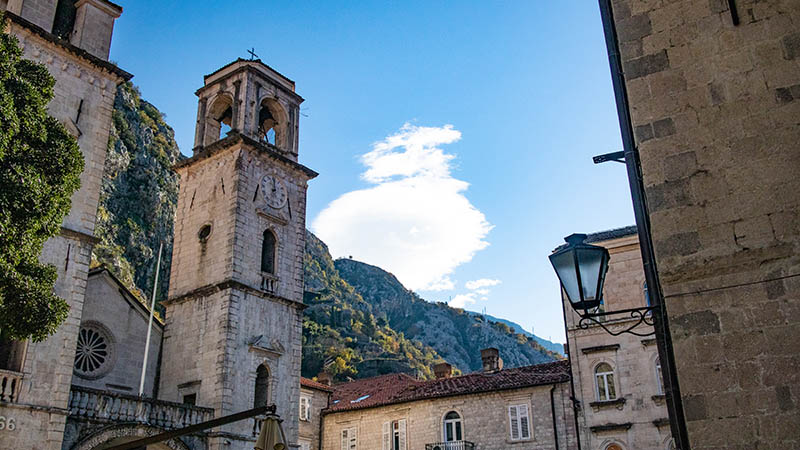
Views inside the old town
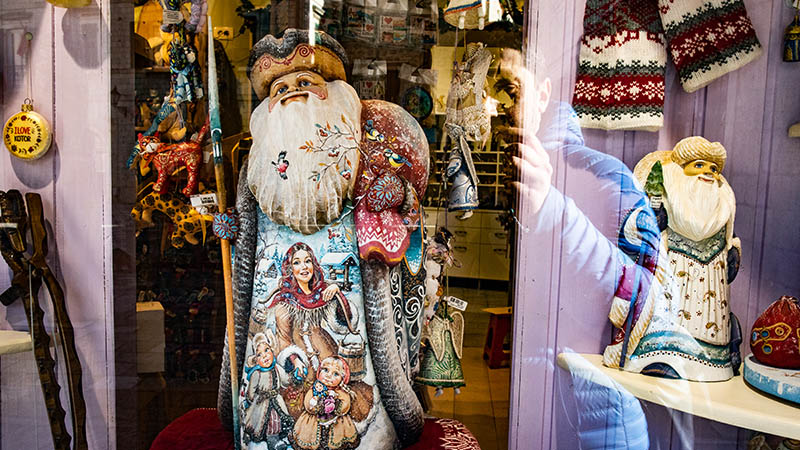
A rather excellent Santa in a shop window
History
Originally a Roman town Kotor rose in importance as part of the Byzantine Empire in the early middle ages and this was when the first fortifications were built. While being conquered by first the Bulgarians and then the Serbians, the town kept a high degree of autonomy and acted as the main Adriatic port for the first the Kingdom of Serbia and later the Serbian Empire. A period of instability followed with Kotor eventually asking to come under the protection of the Republic of Venice, mainly for protection against the Ottoman empire who besieged the town in 1538 and 1657.
The walls, castle, and a lot of the architecture stem from this period which lasted until the French revolutionary wars of the late 18th Century where it was ceded to France after the fall of Venice. One notable event from the Napoleonic wars was the taking of the town by the British Royal Navy under Commodore Harper who managed to haul 18 pounder naval guns up to the castle of St John which forced the French to surrender.
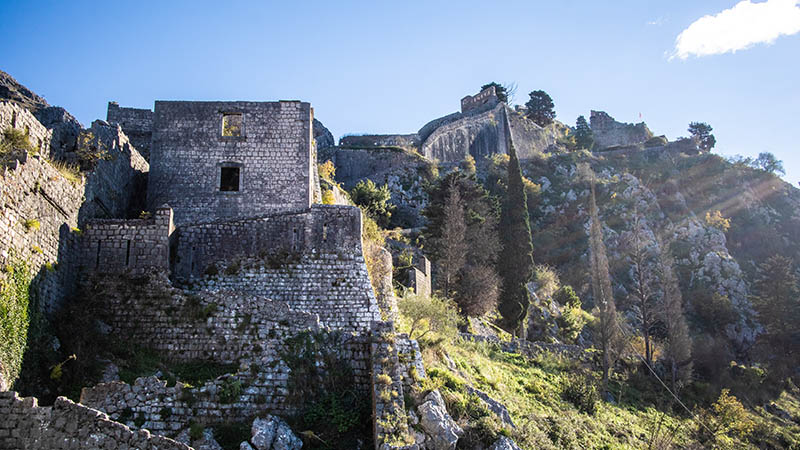
The fortifications of St John stretching up the hill
With the end of the Napoleonic Wars, the whole area became part of the Austro-Hungarian Empire and was home to the Fifth Fleet of the Austrian Navy. Despite this Kotor (at this point called Cattaro) saw some of the fiercest battles between local Montenegrins and the occupying forces and gained its current name in 1918 with the foundation of Yugoslavia.
The second world war saw all of the Dalmatian Coast occupied by the Italians before being freed by the communist partisans of General Tito who ruled Yugoslavia until his death in 1980. This power vacuum slowly led to a bloody series of wars as Slovenia, North Macedonia, and Croatia broke away from now Serb-dominated Yugoslavia. The worst of these wars was in bordering Bosnia & Herzegovina which happened in the early 90s and was marked by war crimes and ethnic cleansing. Montenegro stayed as a loose partner with Serbia until it became independent after a referendum in 2006 and has since massively grown its tourism sector and is looking to join the EU in 2025.
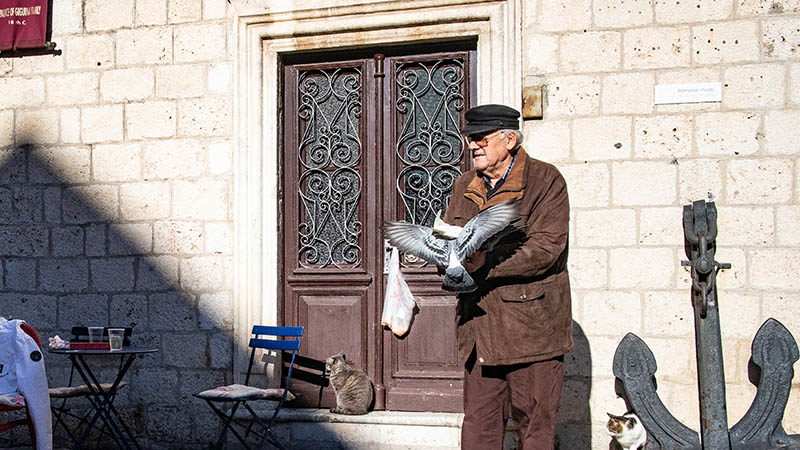
Feeding the pigeons in the main square
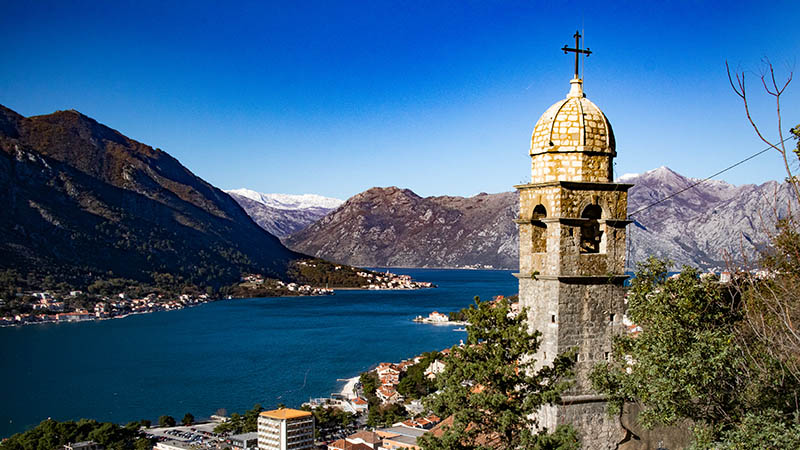
A view out towards the sea
Dubrovnik & Montenegro Flotilla
Despite not being able to visit Montenegro for the last couple of years due to Covid, our Dubrovnik Flotilla hopes to sail back to this stunning destination in 2022. Kotor is part of the southern ‘Montenegro’ route with alternative week departures from the 7th May to the 24th of September. If you fancy sailing into this fantastic destination checkout information about this fantastic flotilla below.
